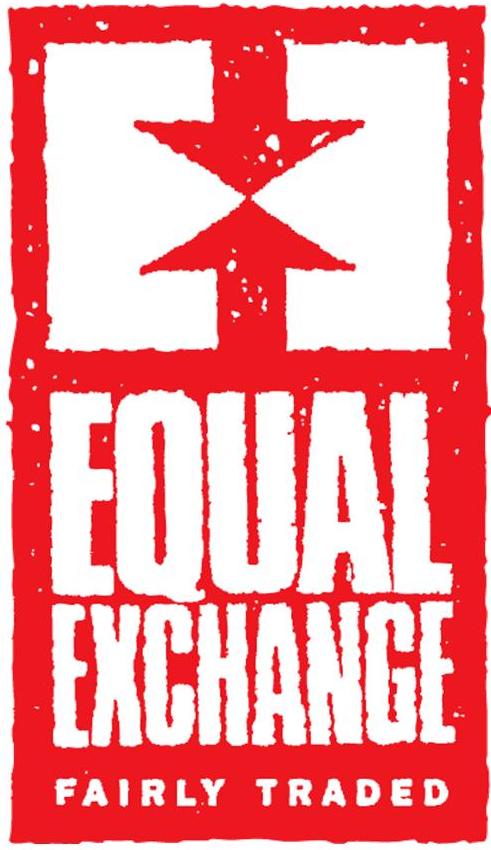If we don’t understand where the innovation value resides we will certainly struggle to continue to build innovation’s position in the organization. Today innovation is still regarded as ‘expendable’, sacrificed on the altar of short-termism. This creates a growing uncertainty, often reducing innovation down as that no real ‘sense of urgency’ and becomes ‘contained’ in discrete projects, failing to offer that real, substantial, ongoing value for the enterprise.
We simply don’t ‘unlock’ the real value of innovation. If we lack the understanding and abilities to build this sustaining operational capacity for innovation we have ongoing problems. There is the need as its longer term goal, to be simply fully embedded inside the organization that it ‘resides’ and simply becomes indistinguishable, it becomes the operating core, constantly aligned to the strategic needs and goals. Innovation’s benefits must be outstanding.
Value creation should be a core business strategy.
Why do we have such difficulties explaining the value and benefits from innovation? We need to tackle this, the earlier the better. Innovation is made up of both tangible and intangible value. It is until we recognize the underlying capitals that make innovation capital; we will always fall short on providing its real worth.
Innovation outcomes are far more explicit if you understand these capitals that make up innovation. These are often called the intellectual capitals or stocks of (potential) value. These can be financial, manufacturing but more the human, social and relationship capitals.
These capitals transform raw ideas into the commercial outcomes. Working these capitals the value of an organizations stock can be enhanced or simply preserved and can equally diminish if not managed well and thoughtfully.
How best can we explain value / value creation?
- Firstly value is the total of all the capitals I mentioned above; we need to understand what ‘makes these up’ in our organization. These are unique and when applied generate new innovation capital
- Also value is the benefit captured by the organization, it is outcomes (of innovation and other things) to generate the market value and present and future cash flows within organizations.
- Value can also be the essential achievements of the organizations objectives, it can be value created by the organization itself or by combining with others.
Failing to articulate the value creation of innovation
So if we can’t explain the make-up of the intangibles within innovation we often simply fall back on generalizations, non-descriptive and self-referral nods to ‘improvements’ and ‘cost savings’ and that tends to group ‘benefits and value creation’ into incremental gains. Surely we can do better than this?
We must start looking for more strategically important outcomes; we must unlock the knowledge and raw data and translate this into tangible results that can be clearly seen. To achieve this innovation needs to align itself to strategy and the organizations objectives.
Innovation will remain tentative, always stuttering along, lacking this absolutely organization innovation rhythm if it is not fully understood in where it generates it capital from and what new capital and stock it provides.

